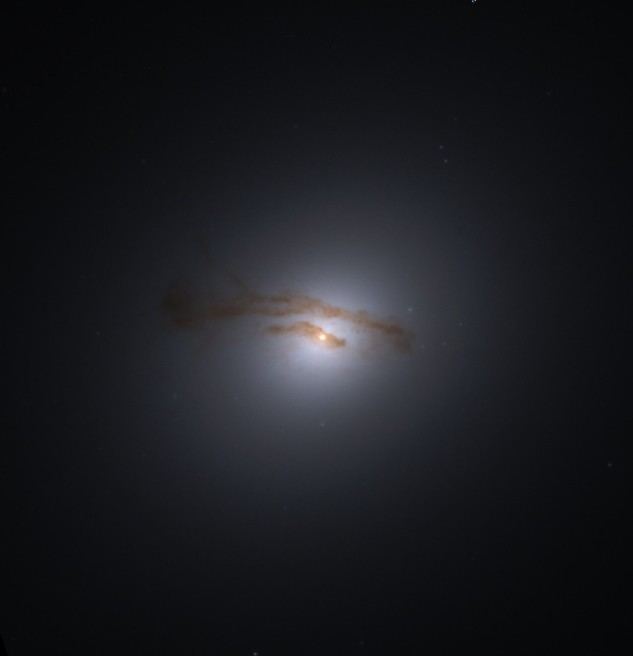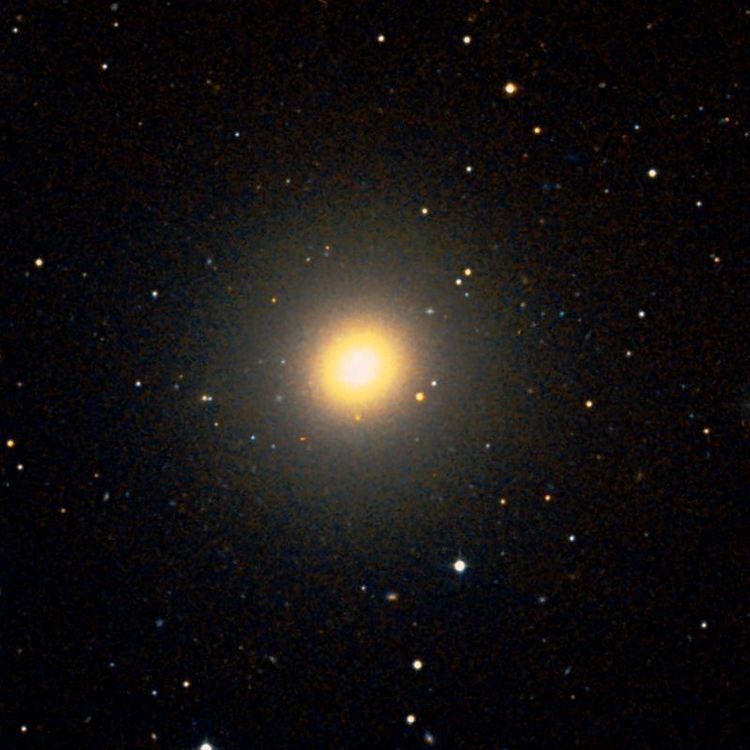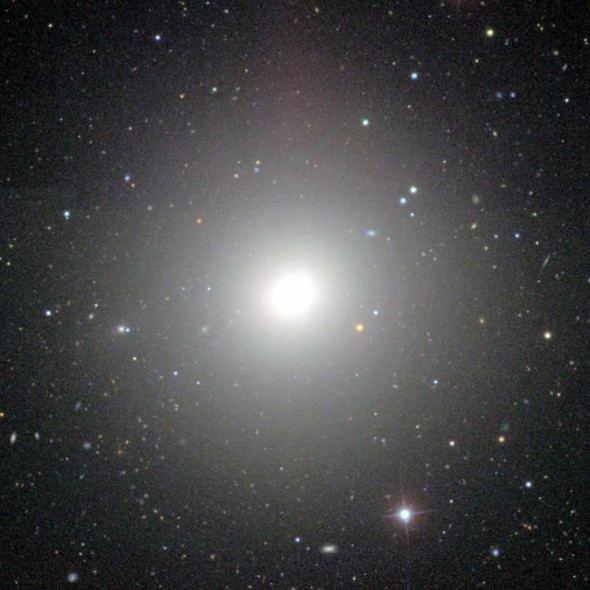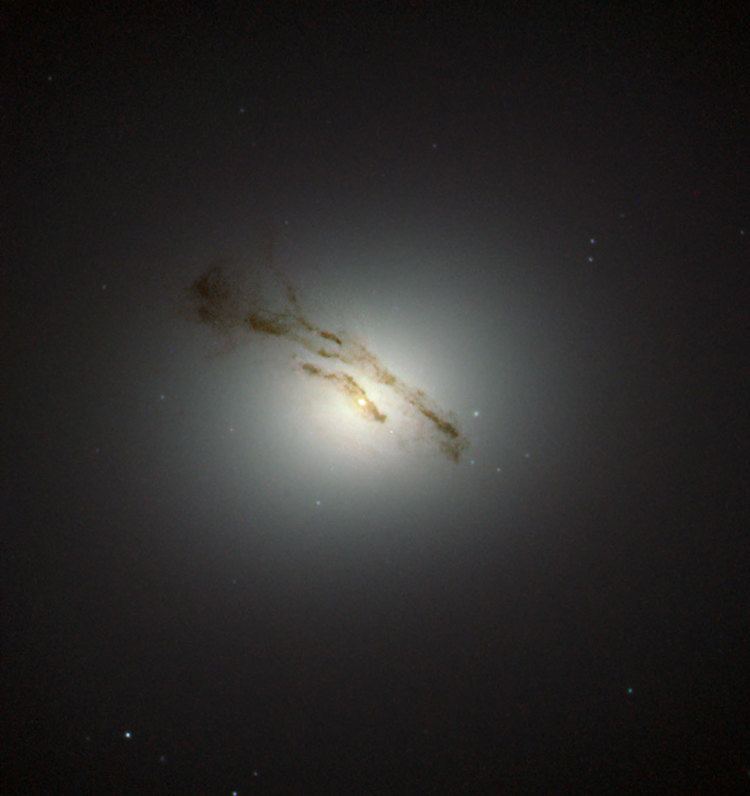Right ascension 12 25 03.7 Redshift 1060 ± 6 km/s Apparent size (V) 6′.5 × 5′.6 Apparent mass ~1.5 billion M☉ | Declination +12° 53′ 13″ Type E1 Distance to Earth 60.01 million light years Magnitude 10.1 Apparent magnitude (V) 10.1 | |
 | ||
Similar Messier 86, Messier 85, Messier 88, Messier 89, Messier 83 | ||
Messier 84 (also known as M84 or NGC 4374) is an elliptical or lenticular galaxy in the constellation Virgo. M84 is situated in the heavily populated inner core of the Virgo Cluster of galaxies.
Contents

Radio observations and Hubble Space Telescope images of M84 have revealed two jets of matter shooting out from the galaxy's center as well as a disk of rapidly rotating gas and stars indicating the presence of a 1.5 ×109 M☉ supermassive black hole. It also has a few young stars and star clusters, indicating star formation at a very low rate.
History

Charles Messier discovered Messier 84 on 18 March 1781 in a systematic search for "nebulous objects" in the night sky. The object is the 84th in the Messier Catalogue.
Supernovae

Two supernovae have been observed in M84: SN 1957 and SN 1991bg. Possibly, a third, SN 1980I is part of M84 or, alternatively, one of its neighboring galaxies, NGC 4387 and M86.
